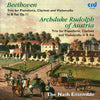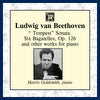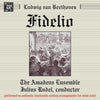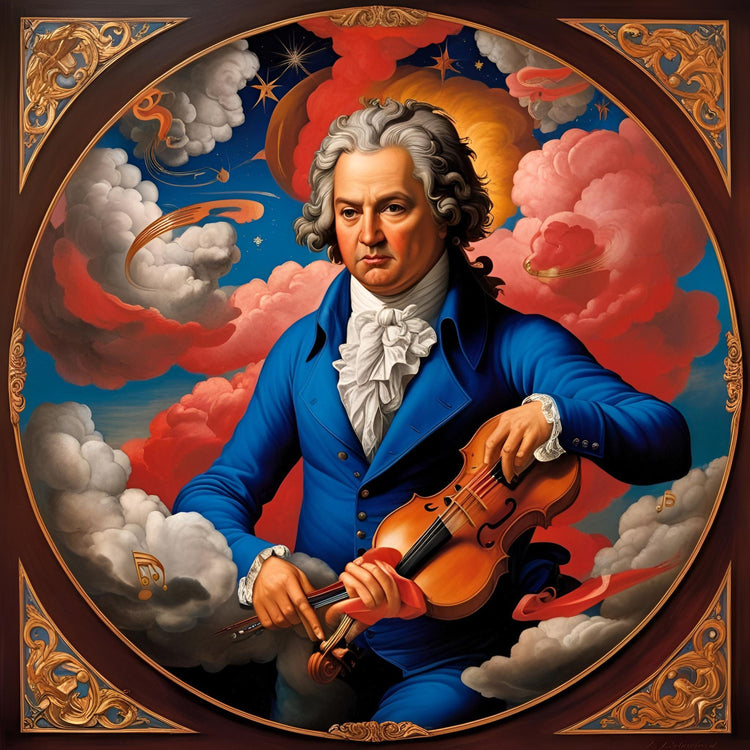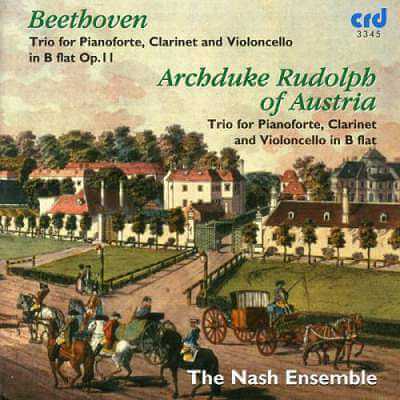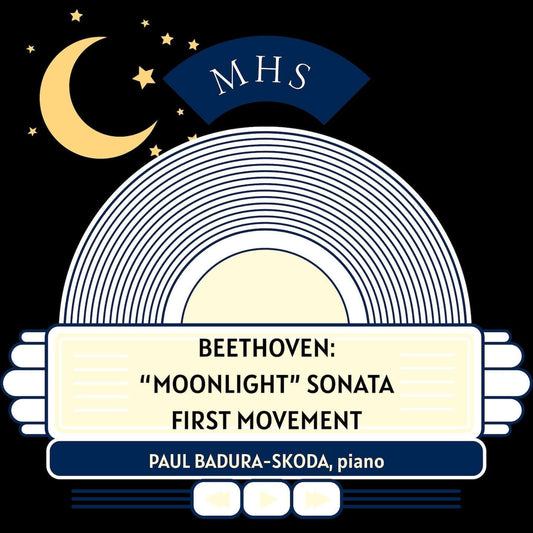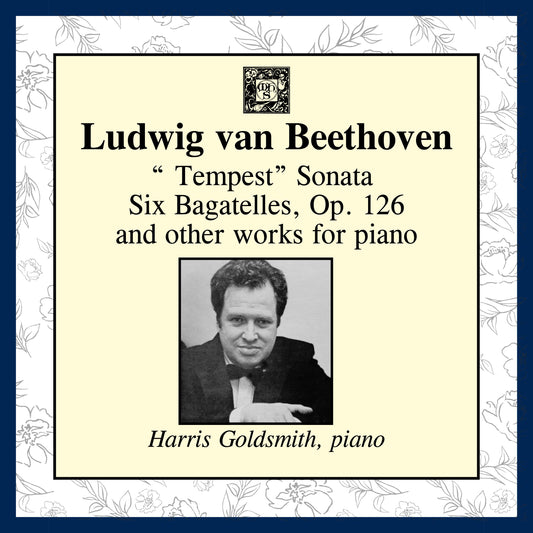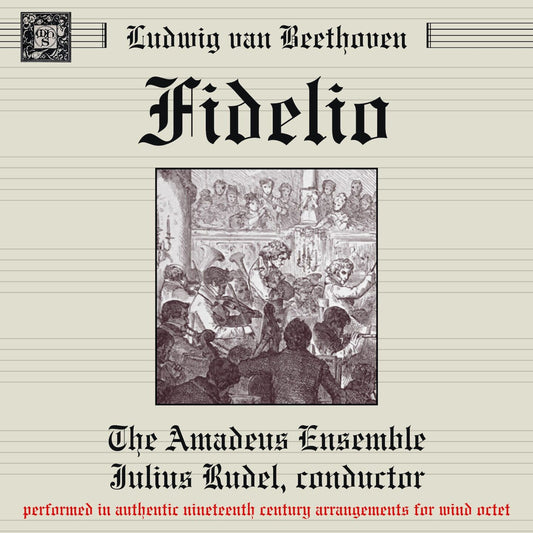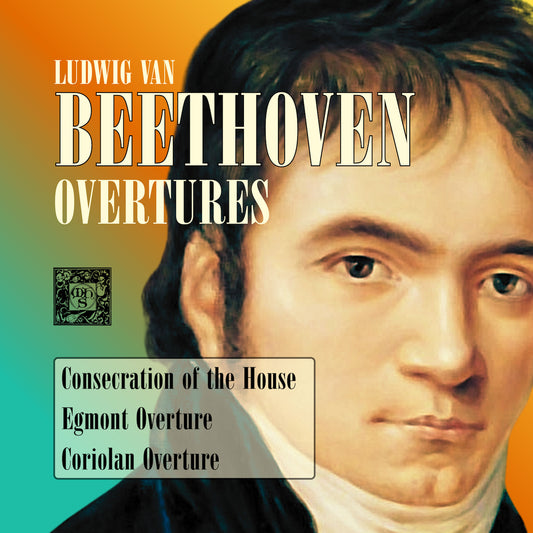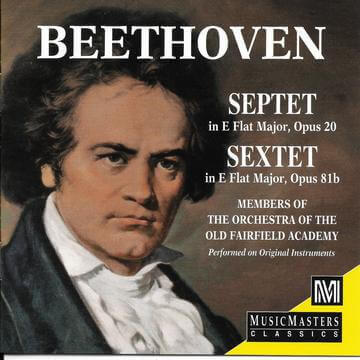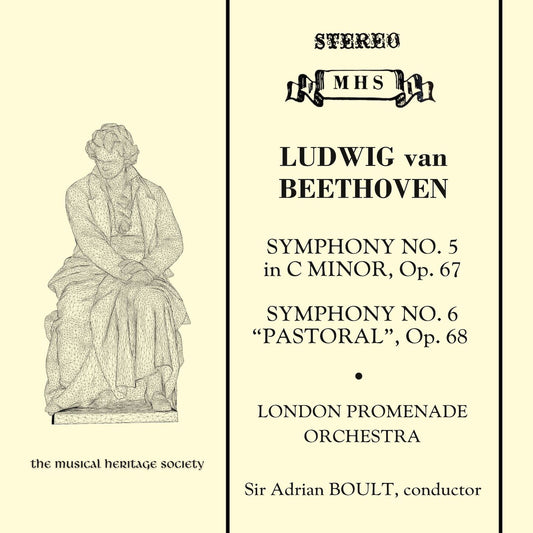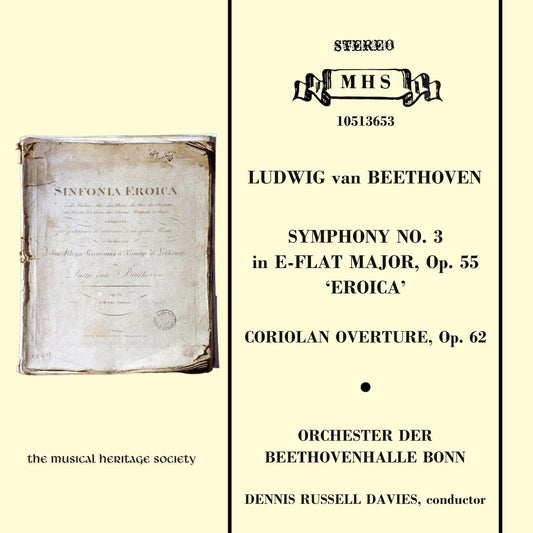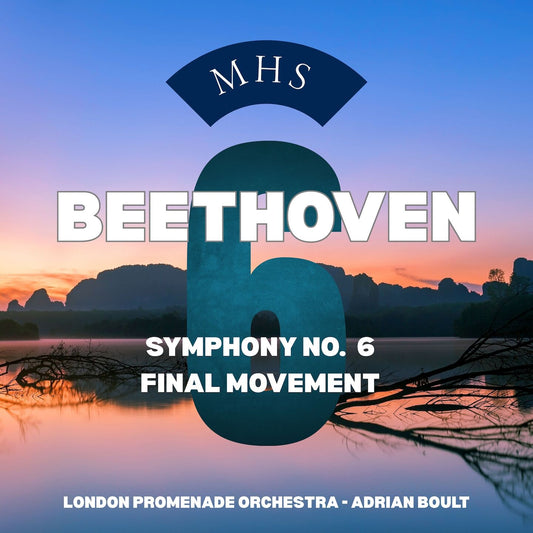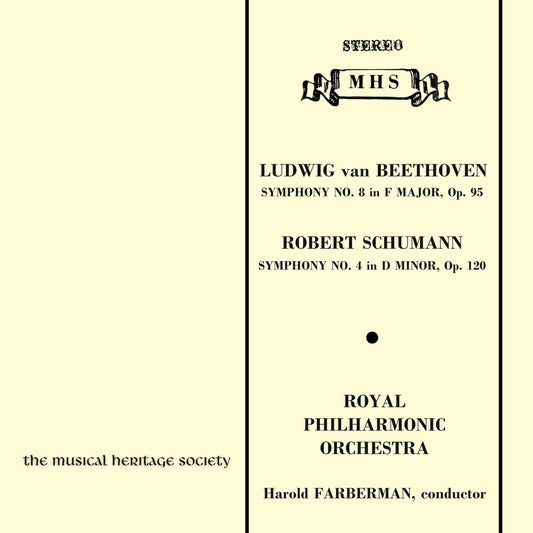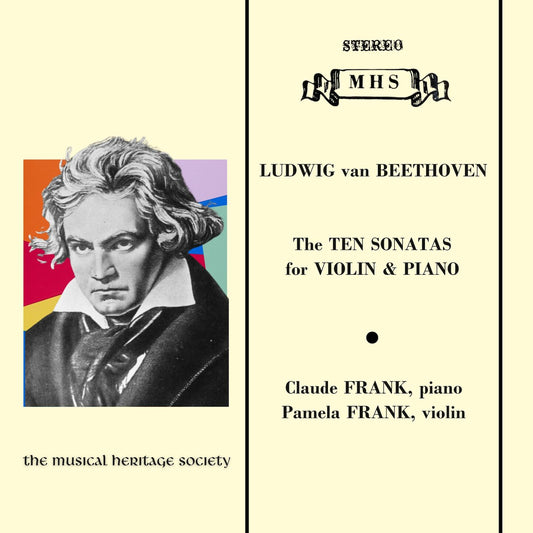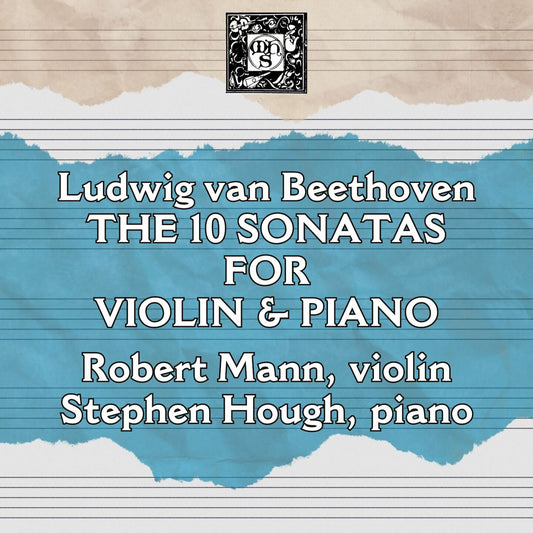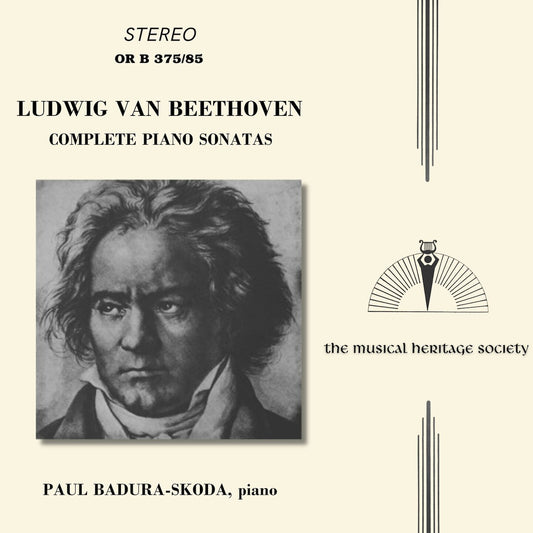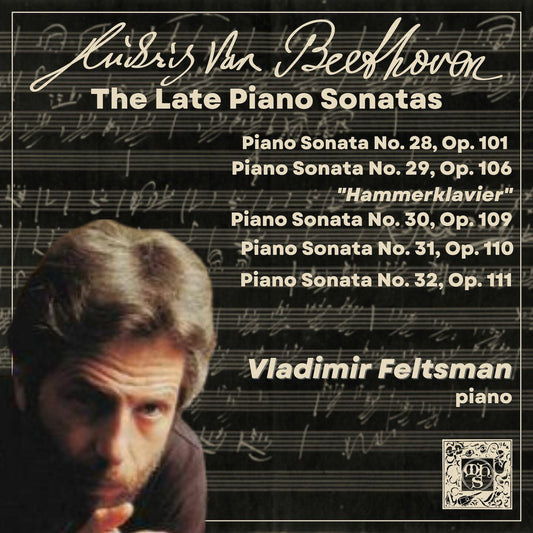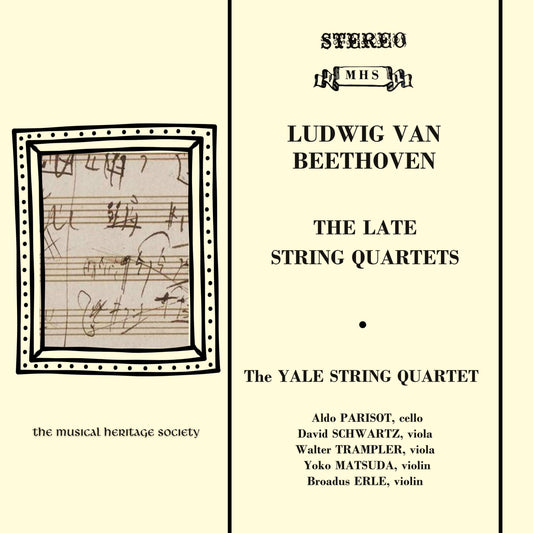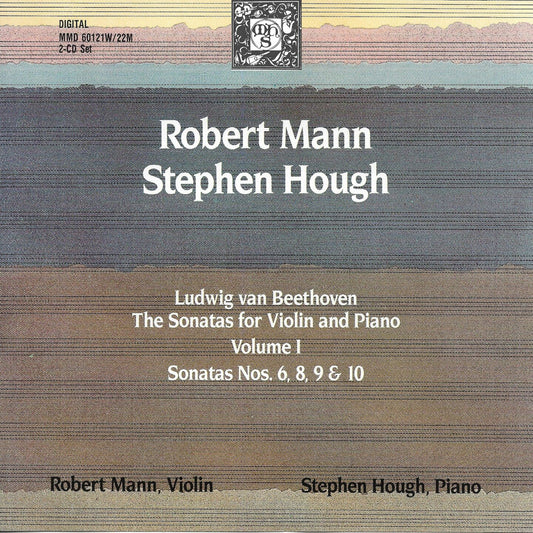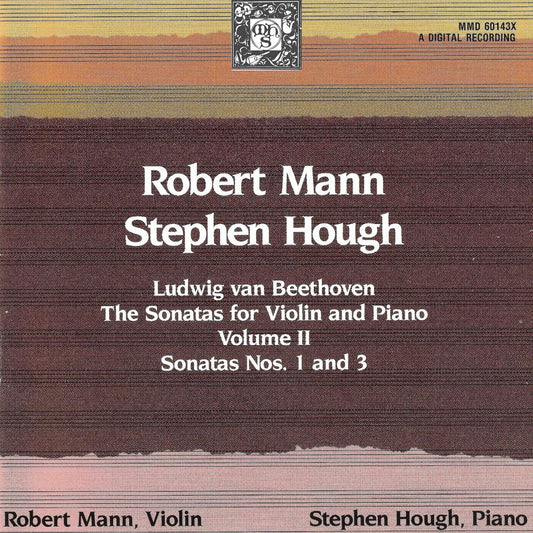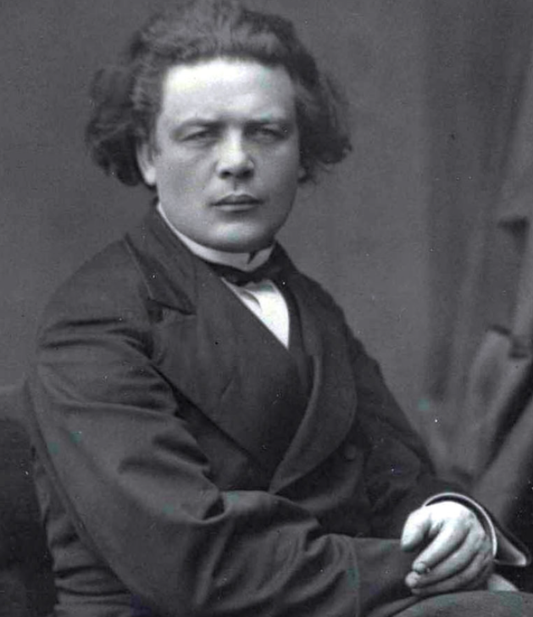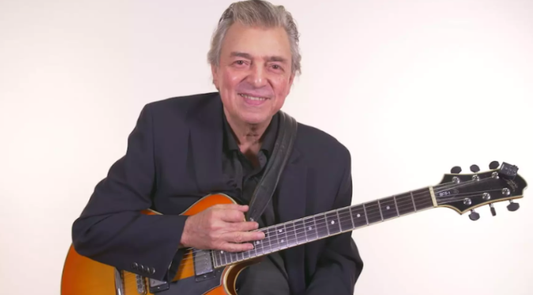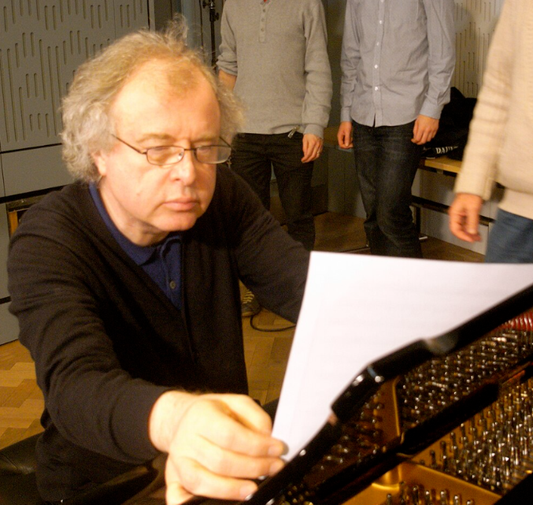Collection: LUDWIG VAN BEETHOVEN (1770-1827)
Ludwig van Beethoven stands as a colossus in the history of Western music, a revolutionary figure whose life and work form the very bridge between the Classical and Romantic eras. More than just a composer, he was a force of nature, a man who channeled immense personal suffering into art of unparalleled emotional depth and power. His music is a testament to the resilience of the human spirit, a roar of defiance against the silence that threatened to engulf him.
Born in Bonn, Germany, in 1770, Beethoven’s early life was marked by both prodigious talent and hardship. His father, a court musician and a harsh alcoholic, relentlessly pushed the young Ludwig to become a new Mozart, often waking him in the middle of the night for grueling piano practice. Despite this tyrannical upbringing, Beethoven’s genius was undeniable. In 1792, he moved to Vienna, the musical capital of Europe, to study with Joseph Haydn. He quickly astonished the city’s aristocracy not as a composer, but as a virtuoso pianist of volcanic intensity, renowned for his passionate and dramatic improvisations.
Beethoven’s early compositions, such as the "Pathétique" Piano Sonata, adhered to the graceful forms of his predecessors, Mozart and Haydn, yet they smoldered with a unique fire and emotional urgency that hinted at the revolution to come. This early success, however, was shadowed by a creeping, cataclysmic tragedy. Around 1798, he began to lose his hearing. For a musician, it was the cruelest possible fate. In a wrenching 1802 letter to his brothers, known as the Heiligenstadt Testament, he confessed his despair and suicidal thoughts, but ultimately resolved to live on for the sake of his art.
This decision marked a profound turning point. Emerging from his crisis, Beethoven entered his "Heroic Period," forging a bold new musical language. His Symphony No. 3, the "Eroica" (1804), shattered the conventions of the classical symphony with its unprecedented length, emotional complexity, and narrative of struggle leading to triumph. This period saw an astonishing outpouring of masterpieces: the iconic Symphony No. 5, with its unforgettable "fate knocking at the door" motif; the serene Symphony No. 6, "Pastoral"; his lone opera, Fidelio, a celebration of freedom; and powerful concertos like the "Emperor" for piano. He was no longer a craftsman but an artist-hero, using music to explore the grandest themes of human existence.
As his deafness became total, Beethoven retreated from public life, becoming an eccentric and isolated figure. Yet it was in this silent world that he composed his most transcendent and visionary works. The music of his late period, including the final five string quartets and the monumental Missa Solemnis, is profoundly introspective and structurally complex, communicating a spiritual depth that seemed to exist beyond the realm of sound.
His final symphony, the magnificent Symphony No. 9, "Choral," completed in 1824, was his ultimate statement. At its premiere, the profoundly deaf composer had to be turned around to see the thunderous applause he could not hear. By incorporating a choir and soloists into a symphony for the first time to sing Schiller's "Ode to Joy," Beethoven crafted an enduring anthem to universal brotherhood and the victory of the human spirit over adversity.
When Ludwig van Beethoven died in 1827, he left behind a legacy that transformed the very definition of music. He elevated the composer from a courtly servant to a towering artistic voice and proved that art could be a powerful, personal confession. His works remain a cornerstone of the repertoire, a timeless and powerful expression of struggle, defiance, and ultimate, unconquerable joy.

